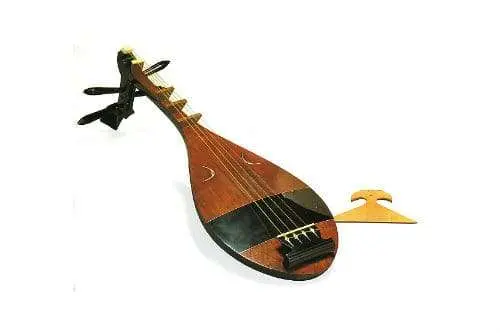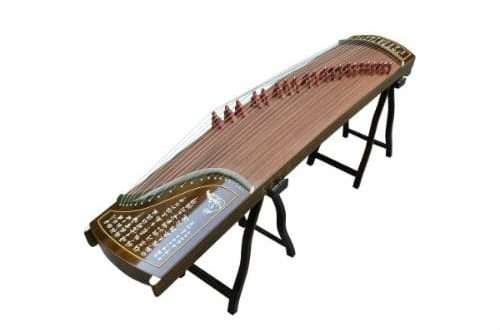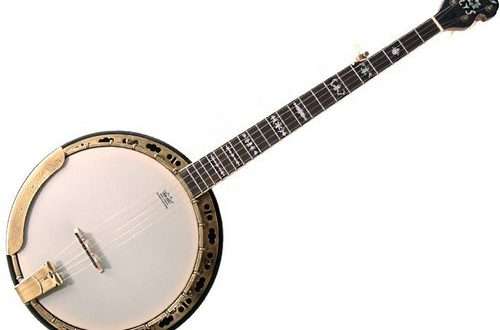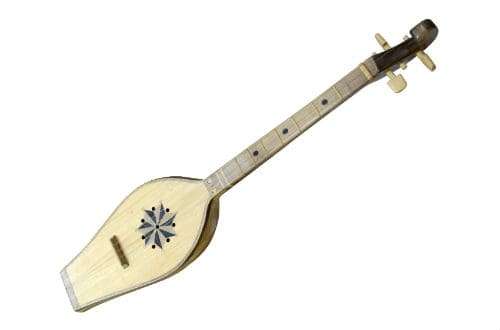
Biwa: what is it, instrument composition, varieties, playing technique
Japanese music, like Japanese culture, is original, original. Among the musical instruments of the Land of the Rising Sun, a special place is occupied by the biwa, a relative of the European lute, but with some distinctive features.
What is biwa
The instrument belongs to the group of stringed plucked instruments, the lute family. Brought to Japan from China not earlier than the XNUMXth century AD, it soon spread throughout the country, and various varieties of biwa began to appear.

The sounds of the Japanese national instrument are metallic, hard. Modern musicians use special mediators during the Play, the production of which is a real art.
Tool device
Outwardly, the biwa resembles an almond nut extended upwards. The main elements of the tool are:
- Frame. Consists of front, rear walls, side surface. The front side of the case is slightly curved, has 3 holes, the back wall is straight. The sides are small, so the biwa looks fairly flat. Production material – wood.
- Strings. 4-5 pieces are stretched along the body. A distinctive feature of the strings is their distance from the fretboard due to the protruding frets.
- Neck. Here are the frets, headstock, tilted back, equipped with pegs.
Varieties
Variations of biwa known today:
- Gaku. The very first type of biwa. Length – a little over a meter, width – 40 cm. It has four strings, a head strongly bent back. It served to accompany the voice, create rhythm.
- Gauguin. Now not used, it was popular until the 5th century. The difference from gaku-biwa is not a bent head, the string number is XNUMX.
- Moso. Purpose – musical accompaniment of Buddhist rituals. A distinctive feature is a small size, the absence of a specific shape. The model was a four-string. A variety of moso-biwa is sasa-biwa, used in the rituals of cleansing houses from negativity.
- Heike. It was used by wandering monks to accompany heroic religious songs. She replaced the moso-biwa, filling the Buddhist temples.

Play technique
The sound of the instrument is achieved using the following musical techniques:
- pizzicato;
- arpeggio;
- simple movement of the plectrum from top to bottom;
- hitting a string and then abruptly stopping;
- pressing the string behind the frets with your finger to raise the tone.
A feature of the biwa is the lack of tuning in the European sense of the word. The musician extracts the desired notes by pressing harder (weaker) on the strings.





